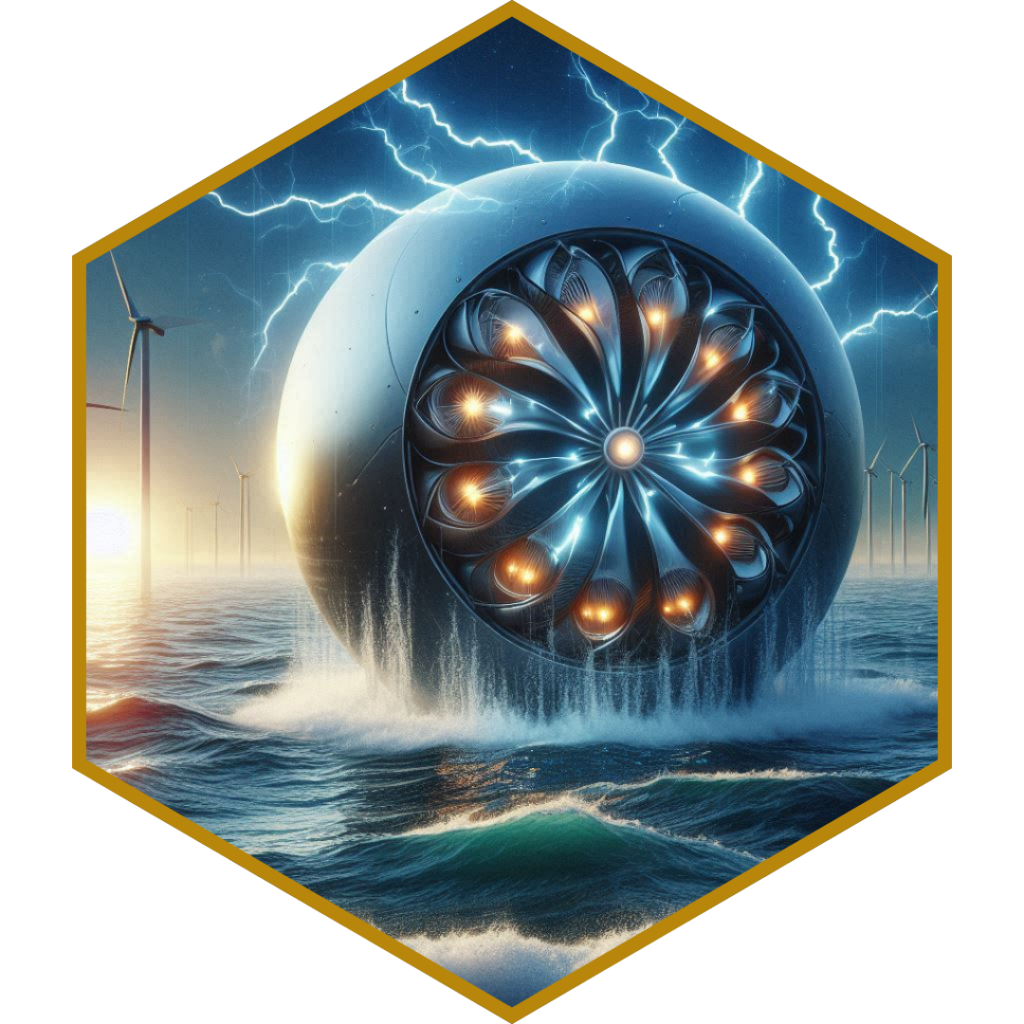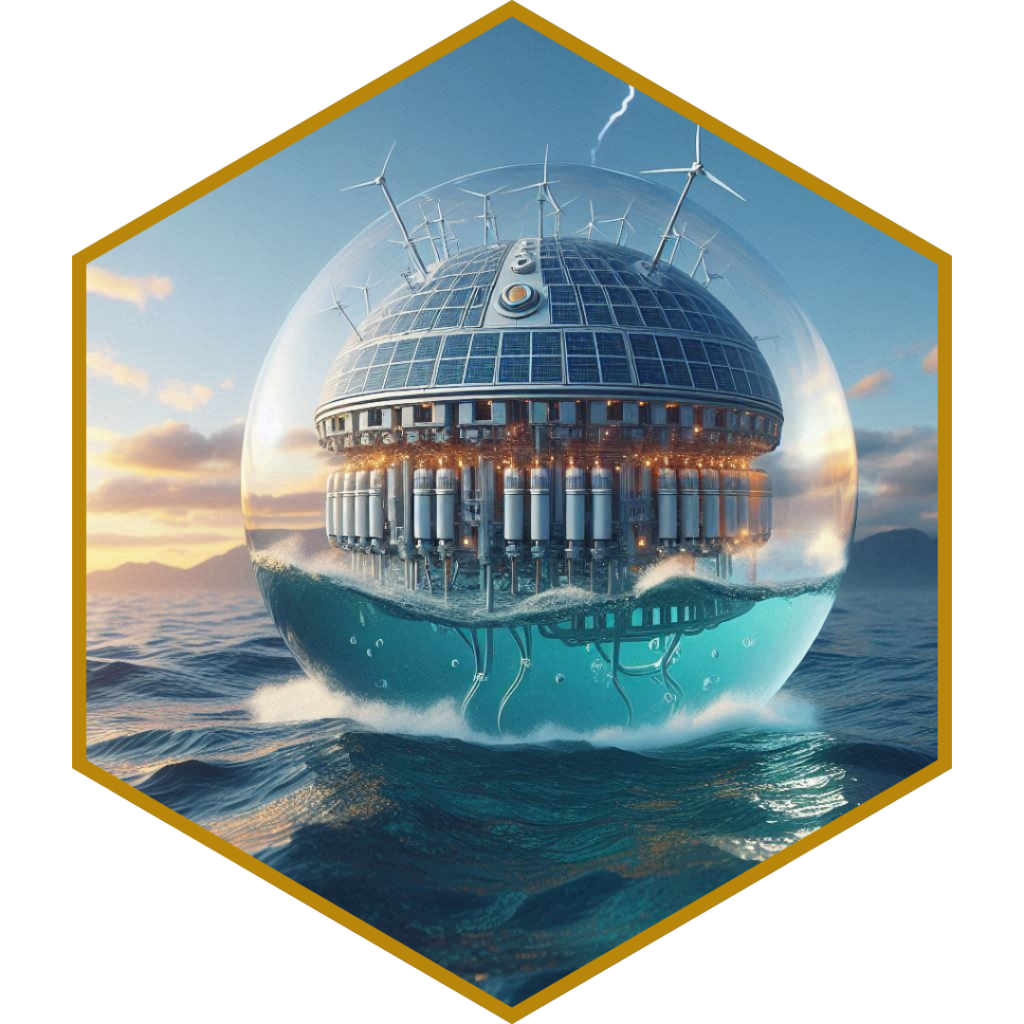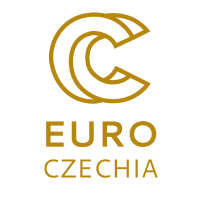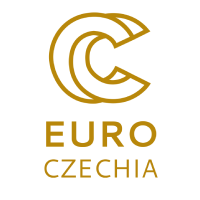
Partner: niore Energy, s.r.o.
Field: Power Engineering
Niore is an innovative Slovak startup developing a groundbreaking vision for clean energy solutions. They want to use large rotating rings on the ocean surface to store electricity through rotation (kinetic energy). Niore aims to contribute to the global transition to green energy by developing ocean systems that generate and store energy from renewable sources such as ocean waves.
The founders of Niore are developing a bold idea based on the flywheel principle. Instead of using a classic flywheel in a closed vacuum system, they are exploring the possibility of storing electrical energy in a rotating flywheel at sea level. This idea is similar to the operation of a motor that spins a flywheel but on a much larger scale. In the case of Niore, the rotating ring could be 100 to 200 metres.
Challenges and first steps
Niore decided to validate its vision and teamed up with the Czech and Slovak National Competence Centre in HPC. The main goal of the collaboration was to computationally test whether the concept can work in reality, especially with large rings that should have the capacity to store energy efficiently. Together, we focused on issues of scalability, resistance to the effects of the marine environment, and the efficiency of energy storage in the form of rotation.
Based on initial consultations, a feasibility study was carried out. It aimed to propose a combination of advanced technologies (numerical modelling, simulation, high-performance computing—HPC) to accelerate computations suitable for verifying the scalability of the proposed solution without the need to produce a prototype and verify how to use the data obtained for further development of the device.

“The study was carried out using an analytical approach as well as computational fluid dynamics using supercomputers,” said Tomáš Karásek, Head of the Czech National Competence Centre in HPC, in detail.
Given the proposed solution of a rotating ring with a diameter of hundreds of meters floating on the ocean surface, the approach of verifying feasibility through simulations without producing a physical prototype is an undeniable advantage. The production of such a prototype is de facto infeasible. Even scaled models would not provide the detailed insight into the whole issue that the calculations above allow.
The study’s results showed that the project faces significant technical challenges. For example, while conventional batteries lose only 2% of their energy per month, the Niore system would lose up to 20% of its energy in a matter of minutes just due to seawater resistance. Therefore, IT4Innovations National Supercomputing Center experts also facilitated testing different ring shapes and sizes to find the most optimal solution.

Added value
This gave Niore a detailed insight into how their device would behave in reality under different conditions, with varying sizes of rings and angular velocities.
Although simulations have shown that the original design has limits, the Niore team continues to seek new ways and modifications to improve their technology further and evolve their concept. One possibility, for example, is to combine their system with existing wave energy storage technologies or other renewable sources.
Their efforts to contribute to a renewable energy future are inspiring and open the door to new technologies that may one day significantly contribute to solving global energy challenges.
Read about more successful collaborations.
Don’t miss any news. Follow NCC Czechia on social media.



